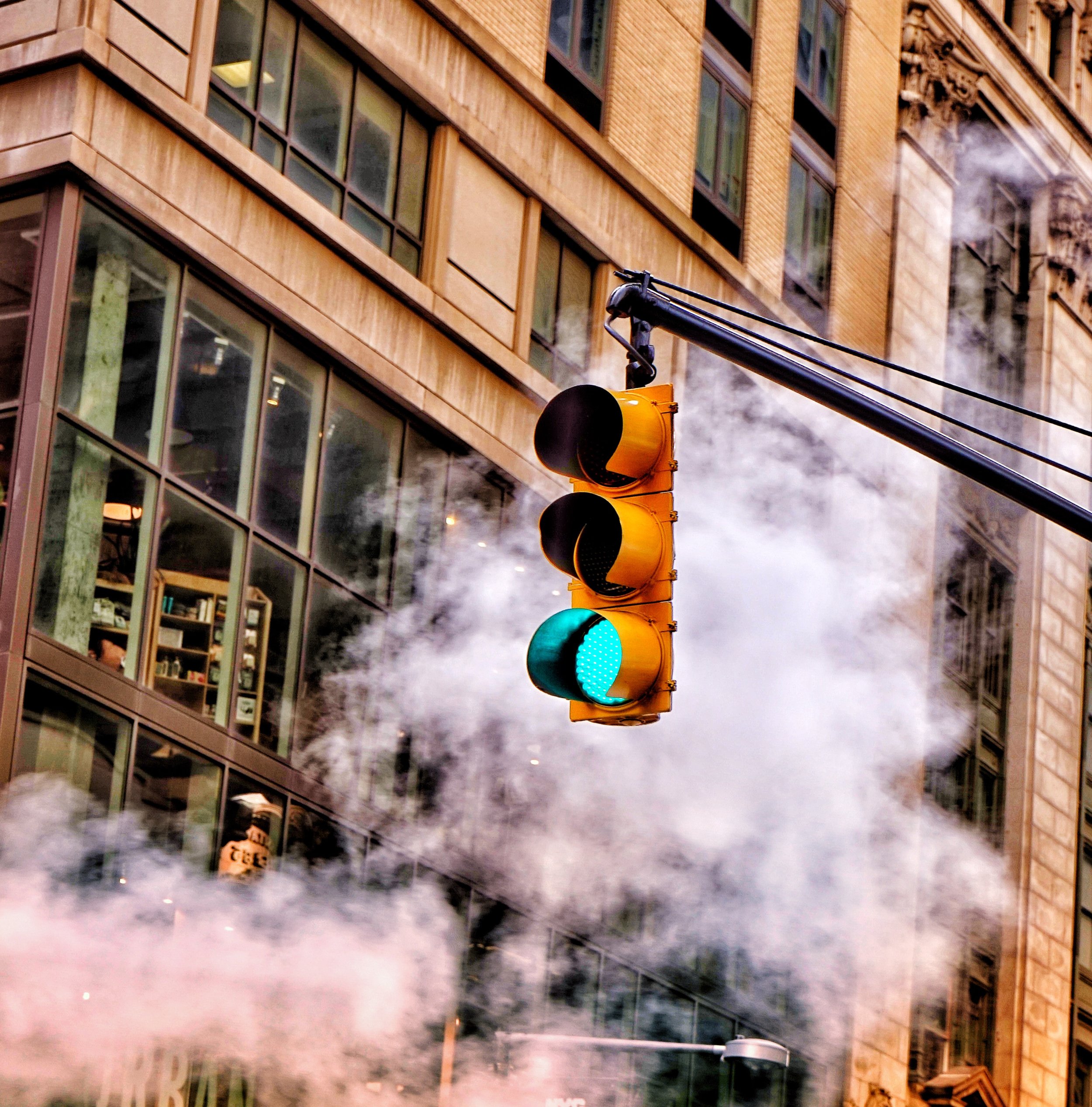Elizabeth Loftus is an American cognitive psychologist and expert on human memory. She has conducted research on the malleability of human memory.
John Palmer graduated from Duke University with a B.A. in psychology and received his Ph.D. in psychology from the University of Texas at Austin. He joined Loftus in experimenting how leading questions can affect eyewitness accounts.
Loftus and Palmer set out to study how subsequent information can affect an eyewtinesses’s account of an event. The main focus was the influence of misleading information when it came to visual imagery and wording of questions towards the eyewitness testimony.
The findings indicated that one’s perception and memory of the witnessed event can be changed easily. It was shown that when the eyewitness was exposed to new information after witnessing the event, but before recalling it, the new information effected what exactly they recalled. It showed that original memory can be modified and supplemented.
They called the study Reconstruction of Automobile Destruction (1974).
The Study
The goal was to test the hypothesis that language used in eyewitness testimony can alter memory. They did this by asking the participants to estimate the speed of cars using different forms of questions. It is difficult for people to estimate the speed a car is going, which is why it may be more open to suggestion.
Experiment One
Method: In the laboratory, the sample was 45 students and there were five different conditions. Each participant only experienced one condition. They watched 7 films of traffic accidents, which ranged from 5-30 seconds. They were presented in random order to each group. The participants were then asked to describe what happened as if they witnessed the event. They were asked specific questions, such as “About how fast were the cars going when they (smashed/collided/bumped/hit/contacted) each other?”
Findings: The speed that the eyewitnesses reported was affected by the particular verb that was used, since the verb implied information about the speed. This in turn, affected the participants’ memory of the accident.
The following average speed was reported for each word:
-
Smashed: 40.8 mph
-
Collided: 39.3 mph
-
Bumped: 38.1 mph
-
Hit: 34 mph
-
Contacted: 31.8 pmh
Conclusion: This study shows that the verb gave an impression regarding the speed of the car, which altered the participants’ perceptions. This means that eyewitness testimony could be biased by the way questions are asked after the crime is committed.
Experiment Two
Method: 150 students were shown a one minute film, which featured a car driving through the countryside followed by four seconds of a multiple traffic accident. They were then questioned about the film. 50 students were asked, “How fast were the cars going when they hit each other?” 50 students were asked, “How fast were the cars going when they smashed each other?” And the remaining 50 participants were not asked a question at all (control group).
One week later, without seeing the film again, they answered 10 questions. One of the questions was, “Did you see any broken glass?” There was no broken glass on the original film.
Findings: Participants who were asked how fast the cars were going when they smashed were more likely to report seeing broken glass.
Conclusion: This research suggests that memory and eyewitness accounts can be easily distorted with this questioning technique.
References
Loftus, E. F., & Palmer, J. C. (1974). Reconstruction of auto-mobile destruction: An example of the interaction between language and memory. Journal of Verbal Learning and Verbal Behavior, 13, 585-589.
